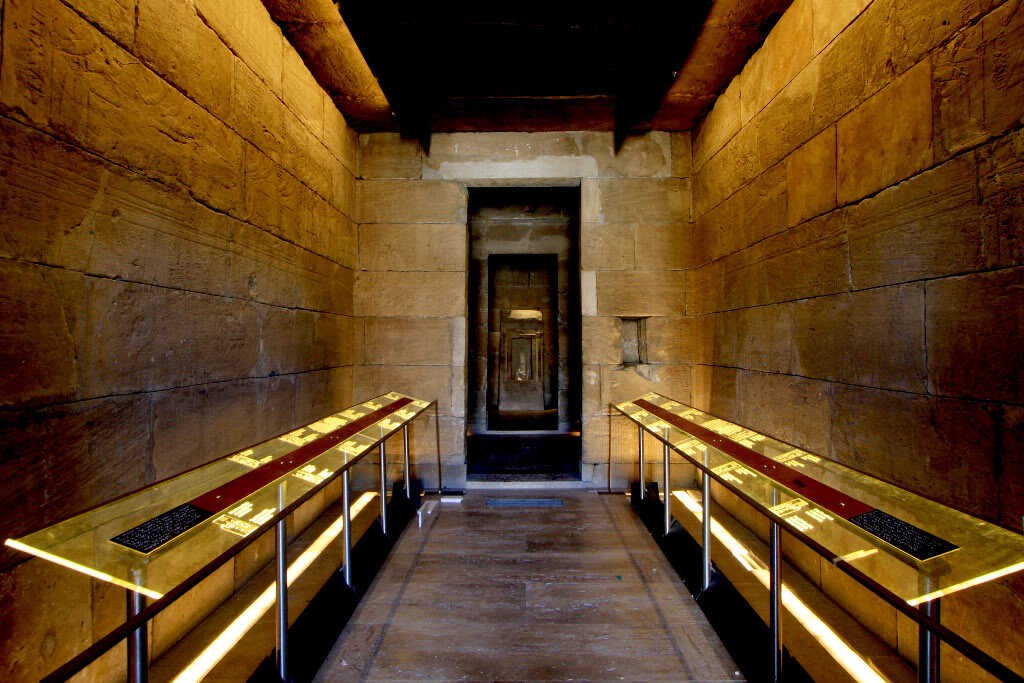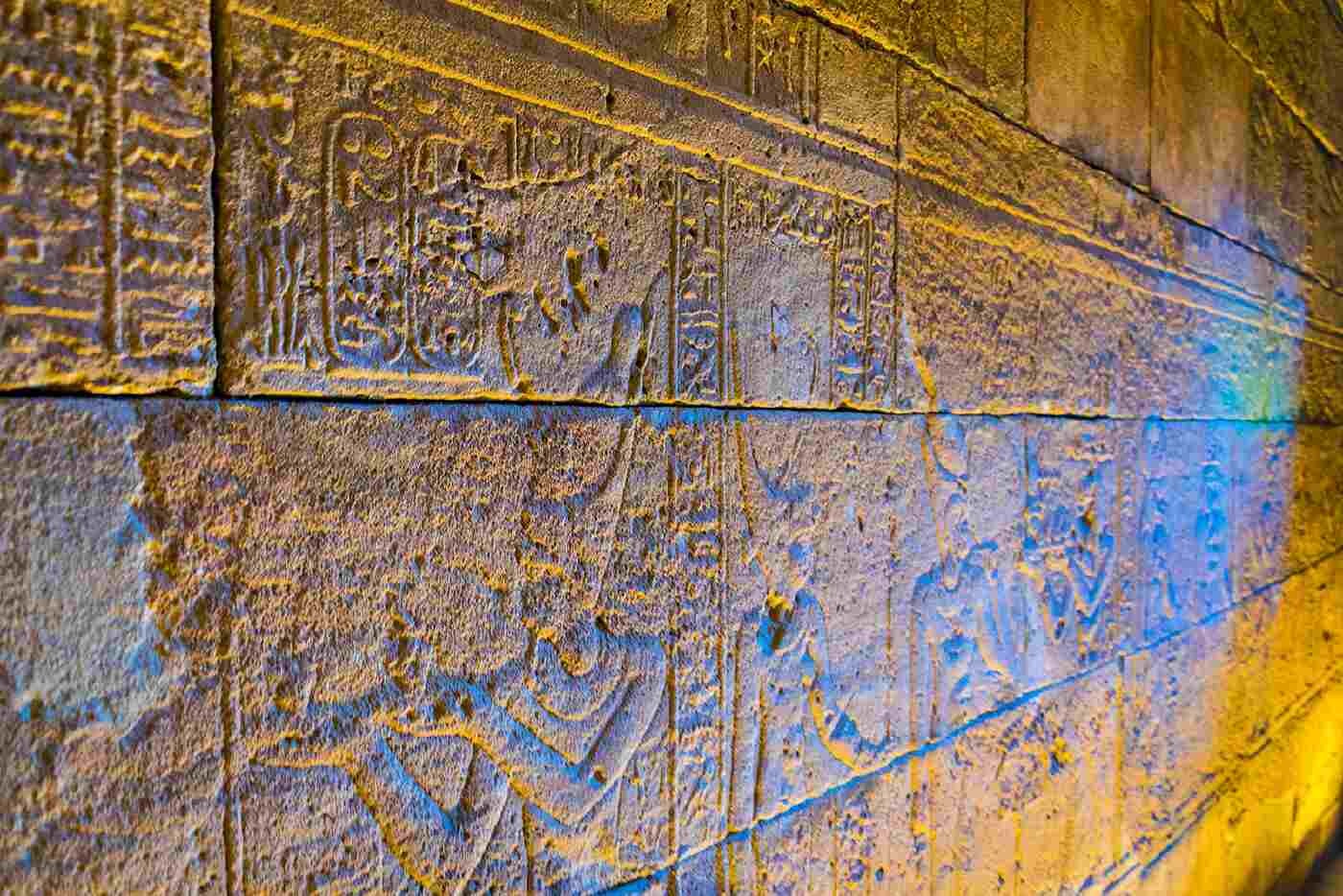Temple of Debod
History of The Temple of Debod
The Temple of Debod is a rare surviving example of an ancient Egyptian temple outside of Egypt that is situated in Madrid, Spain, and it is a popular tourist destination. The temple was initially constructed in the 2nd century BC in the southern Egyptian settlement of Debod, where it had sculptures of several significant Egyptian deities in addition to being devoted to the deity Amun. To prevent its destruction as a result of the building of the Aswan High Dam, the temple was moved to Madrid in 1968.

With a hypostyle hall, sanctuary, and main entrance made of sandstone and embellished with intricate carvings and reliefs of Egyptian gods and pharaohs, the Temple of Debod has been open to the public since it was rebuilt in the Parque del Oeste. It provides a remarkable example of ancient Egyptian temple architecture. The temple also has a sizable reflecting pool that enhances its calm beauty and mirrors the temple.

The Temple of Debod is a symbol of the cultural interchange between Egypt and Spain as well as a tribute to the rich history and architecture of ancient Egypt. The Egyptian government gave the temple to Madrid as a present in appreciation for Spain's assistance to protect the Abu Simbel temples when the Aswan High Dam was being built.
In conclusion, the Temple of Debod is a crucial location for anybody interested in learning about ancient Egyptian culture and the interchange of ideas between Egypt and Spain. It is a must-see sight in Madrid because to its stunning architecture and fascinating history, which highlights the long-lasting cultural influence of past civilizations.